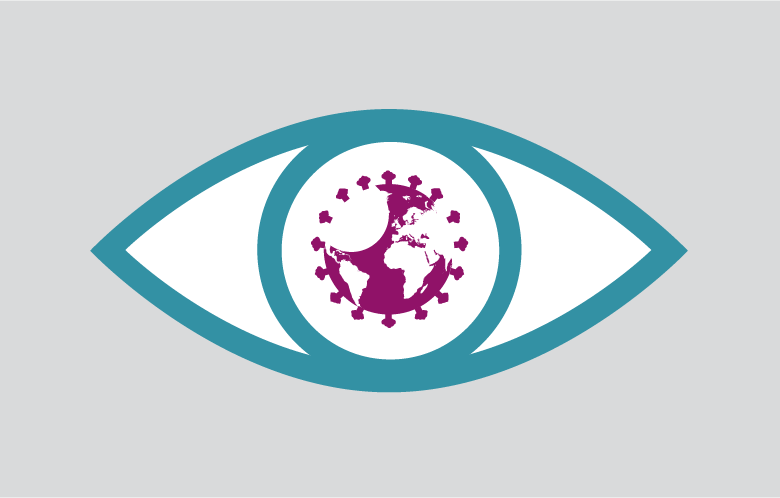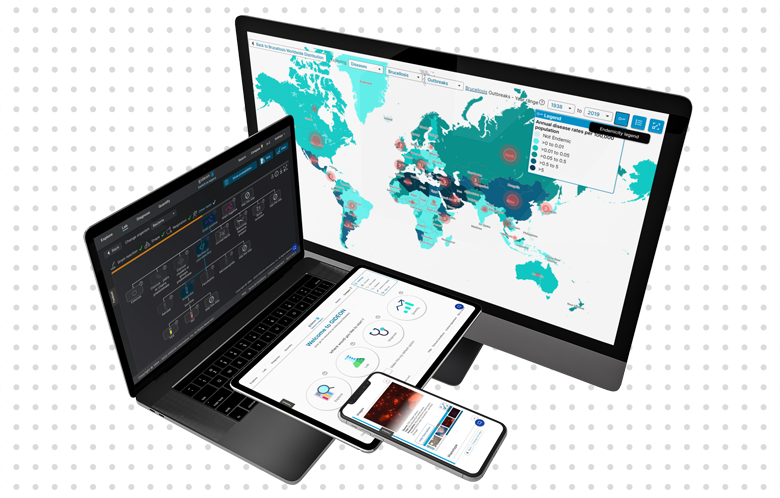Infectious Disease specialists are physicians focused on the diagnosis and treatment of acute and chronic diseases caused by bacteria, viruses, fungi, parasites, and even prions. Infectious Disease specialists may work in a clinic or hospital, and patients are generally referred to Infectious Disease specialists by a wide variety of medical and surgical departments.
Although infectious diseases have always been with us, the specialty of “Infectious Disease” did not exist until the 1970s, when the field emerged in response to a growing number of newly identified pathogens and newly developed medications and vaccines.
The path to becoming an Infectious Disease specialist involves many years of training. After graduating from medical school (four years in the United States), Infectious Disease specialists complete a residency in Internal Medicine or Pediatrics (three years), followed by a fellowship in Infectious Diseases (generally two years).
Infectious Disease specialists diagnose and treat a diverse group of diseases, from relatively common conditions caused by methicillin-resistant Staphylococcus aureus (MRSA), Escherichia coli (E. coli), tuberculosis, HIV, hepatitis viruses, malaria, and fungal infections, to rarer infections including yellow fever, anthrax, leprosy, and plague. The field of Infectious Diseases also encompasses new and emerging diseases such as Ebola, Chikungunya fever, avian influenza and COVID-19.
The following clinical cases outline scenarios that an Infectious Disease specialist may encounter in a day’s work.
Clinical Case One
An Internal Medicine colleague has asked you to consult on a 21-year-old woman with an elevated white blood cell count. She was admitted overnight after being brought into the emergency department following a seizure. She has no memory of the event or of the moments leading up to it. A friend reports that she was walking from her bed to the bathroom when she “fell to the ground and convulsed for a minute.” She has no prior history of neurological symptoms, but states that she had been “sick with the flu” for the past four days. When asked to describe her symptoms, she explains, “I’m exhausted and weak, and my whole body is sore. I’ve had a terrible headache that started four days ago, nausea, and then a fever yesterday. I’ve had the flu like this before, but I’ve never had a seizure.”
Her past medical history is significant for childhood leukemia, which has been in remission since age eight, as well as chronic sinusitis, seasonal allergies, and anxiety and depression. Her past surgical history includes a tonsillectomy two years previously. Her family history is non-contributory. She is a full-time college student and works part-time as a waitress. There is no history of alcohol, tobacco, or recreational drug use. She reports taking 20mg Lexapro each day and Claritin as needed and has no known drug allergies.
On physical examination, her temperature is 102.4°F, pulse 105, respiratory rate of 23 per minute and blood pressure 115/75. She is oriented to person, place and time, but appears lethargic. She has diminished breath sounds with bilateral rales. Cardiovascular and abdominal exams are unremarkable. No rash is observed. There is a positive Brudzinski’s sign.
You suspect bacterial meningitis and order a lumbar puncture for spinal fluid analysis. Identification of the causative organism is crucial and an appropriate antibiotic will be administered as soon as possible.
While you await results, you head down the hall to see a patient with Clostridium difficile colitis.
Clinical Case Two
After completing a busy morning at the hospital, you drive over to your outpatient clinic where you have a full afternoon scheduled.
Your first patient is well known to you. He is a 46-year-old HIV-positive man who is noncompliant in taking his prescribed antiretroviral therapy. You have treated him for a variety of opportunistic infections over the past five years. Your medical assistant informs you that he is now complaining of “difficulty swallowing.”
HIV/AIDS was first diagnosed nine years previously, and he has subsequently been treated for hepatitis B, Pneumocystis pneumonia, recurrent candidiasis and substance use disorder. He has no past surgical history. He is not currently taking any medications and he is allergic to penicillin.
On physical exam, he appears pale and thin. His vital signs are all within normal range. Respiratory, cardiovascular and abdominal exams are unremarkable. You note track marks on both arms. Physical examination reveals oral candidiasis, bleeding gums and a bluish-purple lesion on the hard palate. The patient’s presentation suggests classic Kaposi Sarcoma. You explain the condition to him and provide referral to an oncologist. You also discuss the importance of taking antiretroviral therapy and inform him of new community resources available for individuals struggling with substance use.
You head to the examination room next door, where a traveler who has returned from Africa presents you with a worm in a bottle.
Dr. Steve Berger on the Specialty of Infectious Disease
Dr. Steve Berger is an Infectious Disease specialist affiliated with the Tel Aviv Medical Center, where he has served as Director of Geographic Medicine and Clinical Microbiology. He is widely regarded as a foremost expert in his field. Dr. Berger is also Co-founder and Medical Director of GIDEON Informatics, a digital database for Infectious Diseases.
When asked about Infectious Diseases, Dr. Berger states, “If you are interested in pursuing this specialty, I say go for it! Amazingly dynamic, filled with geography, history, and new diseases and new bugs emerging all the time. Clearly the most fascinating specialty in Medicine!”
When asked about Infectious Diseases, Dr. Berger states, “If you are interested in pursuing this specialty, I say go for it! Amazingly dynamic, filled with geography, history, and new diseases and new bugs emerging all the time. Clearly the most fascinating specialty in Medicine!”
With GIDEON, you can discover the biological properties of all pathogens, learn about the clinical findings of infection, research diagnostic and treatment protocols, explore epidemiological data going back to 1348 AD, examine interactive outbreak maps, and more.



